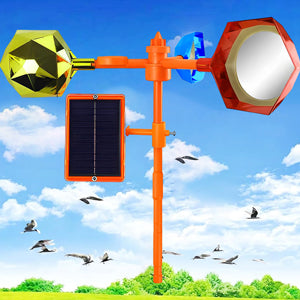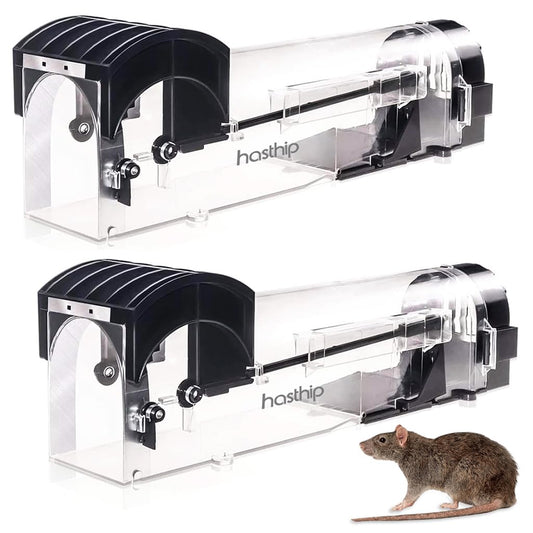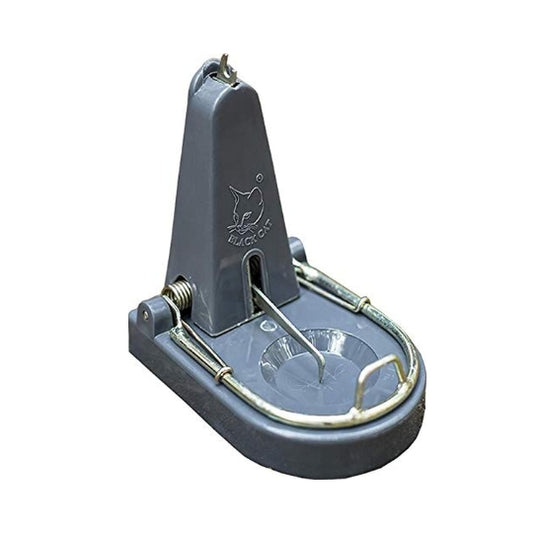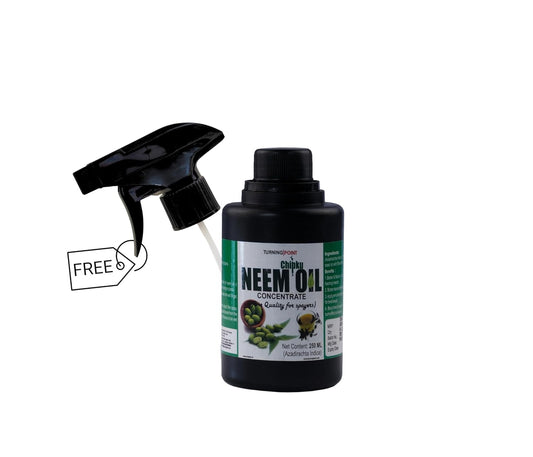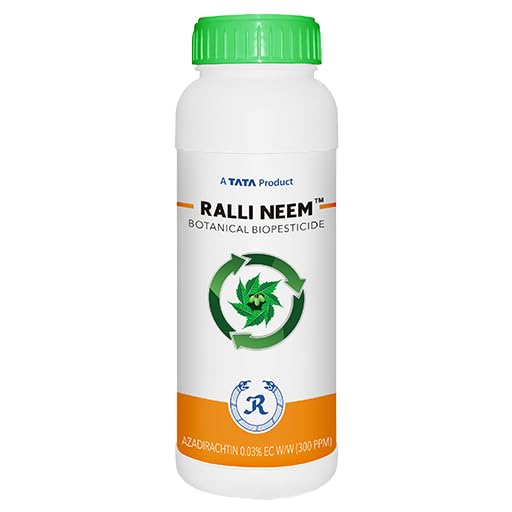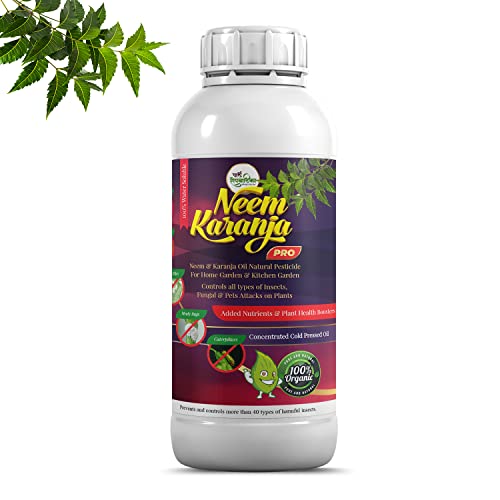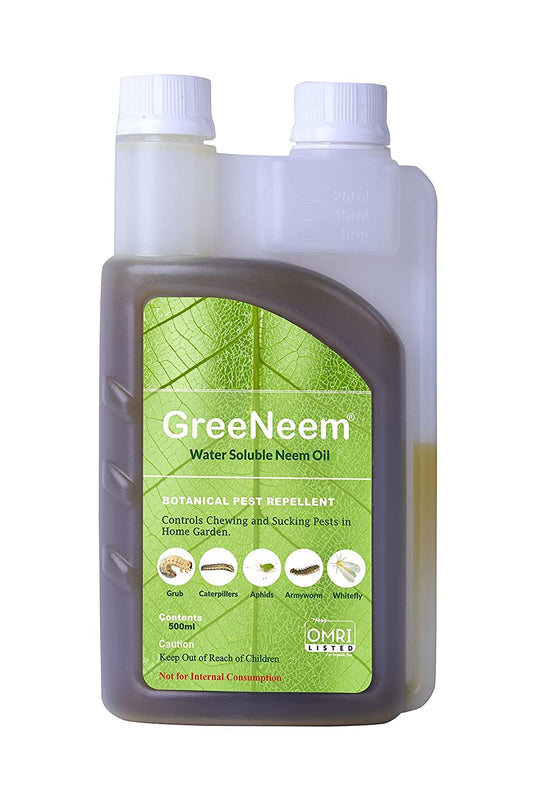The Crucial Role of Silicon in Integrated Plant Nutrition Management
Share
Integrated Plant Nutrition Management (IPNM) is a holistic approach to plant growth that involves managing the nutrient status of soil, plants, and the environment. The use of IPNM is essential for maintaining healthy soil, preventing nutrient loss, and maximizing crop yields. In this article, we will explore the role of silicon in IPNM and how farmers can increase available silicon in the soil.
Silicon (Si) is a vital nutrient for plants, and its benefits are often overlooked. Si helps to increase plant growth, protect against pests and diseases, and improve tolerance to environmental stresses. Moreover, Si can enhance the nutrient status of soil by increasing its cation exchange capacity and reducing nutrient leaching.
In plant anatomy and physiology, Si has been found to contribute to the development of stomata and cuticles, which play a vital role in regulating water loss and transpiration. Si also strengthens and thickens the cell walls of plants, making them more resistant to physical damage, insect and pathogen attack.
So, how can farmers increase available silicon in the soil? One option is to apply Si-rich fertilizers such as calcium silicate or potassium silicate. These fertilizers are readily available in the market and can be used to improve the Si content of the soil. Farmers can also use Si-enriched soil amendments like rice husk or sugarcane bagasse ash to increase the Si content of their soil.
Another option is to incorporate crop residues into the soil. Rice straw, wheat straw, and sugarcane bagasse are all excellent sources of Si and can be used to increase the Si content of soil. These residues can be left on the field or composted before being applied to the soil.
In conclusion, silicon plays a crucial role in IPNM, and farmers should pay more attention to its benefits. Incorporating Si-rich fertilizers, Si-enriched soil amendments, and crop residues into the soil can help increase the available silicon content and enhance the growth and productivity of plants. Adopting an integrated approach to plant nutrition management, including the balanced use of organic and inorganic fertilizers, crop residue management, soil conservation practices, and beneficial microorganisms, will help maintain healthy soil, prevent nutrient loss, and maximize crop yields.
Q1. What is Integrated Plant Nutrition Management (IPNM)?
A: Integrated Plant Nutrition Management (IPNM) is an approach that involves managing the overall nutrient status of soil, plants, and environment to optimize plant growth and yield.
Q2. What is the role of Silicon in IPNM?
A: Silicon (Si) is a beneficial nutrient for plants, and it plays a crucial role in IPNM. Si improves plant growth, increases resistance to pests and diseases, and enhances tolerance to abiotic stresses such as drought, salinity, and high temperature. Si also helps to improve the nutrient status of soil by increasing its cation exchange capacity (CEC) and reducing nutrient leaching.
Q3. How does silicon contribute to plant anatomy and physiology?
A: Silicon enhances cell wall strength and thickness, which improves plant resistance to physical damage, insect and pathogen attack. It also contributes to the development of stomata and cuticle, which are important for plant transpiration and regulation of water loss.
Q4. How can farmers increase available silicon in the soil?
A: Farmers can increase the available Si in soil through the application of Si-rich fertilizers such as calcium silicate or potassium silicate, or by using Si-enriched soil amendments such as rice husk or sugarcane bagasse ash. Additionally, crop residues such as rice straw, wheat straw, and sugarcane bagasse are good sources of Si and can be incorporated into soil to increase its Si content.
Q5. What are the benefits of IPNM?
A: IPNM helps maintain healthy soil, prevent nutrient loss, and maximize crop yields. The balanced use of organic and inorganic fertilizers, crop residue management, soil conservation practices, and beneficial microorganisms are all part of an integrated approach to plant nutrition management that can help achieve these benefits.
Q6. What are the advantages of using Si-rich fertilizers in IPNM?
A: Si-rich fertilizers can help increase the Si content of the soil and improve plant growth, resistance to pests and diseases, and tolerance to abiotic stresses. They also help to improve the nutrient status of soil by increasing its cation exchange capacity and reducing nutrient leaching.
Q7. How do Si-enriched soil amendments work?
A: Si-enriched soil amendments like rice husk or sugarcane bagasse ash can help increase the Si content of the soil. These amendments contain high levels of silica, which is the source of Si. When incorporated into the soil, they release Si slowly over time, making it available to plants for a longer period.
Q8. Can IPNM be adopted in organic farming?
A: Yes, IPNM can be adopted in organic farming. In fact, IPNM is well-suited for organic farming as it involves the balanced use of organic and inorganic fertilizers, crop residue management, soil conservation practices, and beneficial microorganisms, which are all part of organic farming practices.
Q9. What are the consequences of neglecting plant nutrition management?
A: Neglecting plant nutrition management can lead to poor soil health, reduced crop yields, and increased pest and disease pressure. It can also result in nutrient leaching, soil erosion, and pollution of the surrounding environment.
Q10. How does IPNM help in sustainable agriculture?
A: IPNM helps in sustainable agriculture by maintaining healthy soil, preventing nutrient loss, and maximizing crop yields. It also helps to reduce the use of synthetic fertilizers, which can be harmful to the environment. By adopting an integrated approach to plant nutrition management, farmers can improve soil health, increase crop productivity, and contribute to sustainable agricultural practices.
Silicon (Si) is a vital nutrient for plants, and its benefits are often overlooked. Si helps to increase plant growth, protect against pests and diseases, and improve tolerance to environmental stresses. Moreover, Si can enhance the nutrient status of soil by increasing its cation exchange capacity and reducing nutrient leaching.
In plant anatomy and physiology, Si has been found to contribute to the development of stomata and cuticles, which play a vital role in regulating water loss and transpiration. Si also strengthens and thickens the cell walls of plants, making them more resistant to physical damage, insect and pathogen attack.
So, how can farmers increase available silicon in the soil? One option is to apply Si-rich fertilizers such as calcium silicate or potassium silicate. These fertilizers are readily available in the market and can be used to improve the Si content of the soil. Farmers can also use Si-enriched soil amendments like rice husk or sugarcane bagasse ash to increase the Si content of their soil.
Another option is to incorporate crop residues into the soil. Rice straw, wheat straw, and sugarcane bagasse are all excellent sources of Si and can be used to increase the Si content of soil. These residues can be left on the field or composted before being applied to the soil.
In conclusion, silicon plays a crucial role in IPNM, and farmers should pay more attention to its benefits. Incorporating Si-rich fertilizers, Si-enriched soil amendments, and crop residues into the soil can help increase the available silicon content and enhance the growth and productivity of plants. Adopting an integrated approach to plant nutrition management, including the balanced use of organic and inorganic fertilizers, crop residue management, soil conservation practices, and beneficial microorganisms, will help maintain healthy soil, prevent nutrient loss, and maximize crop yields.
Q1. What is Integrated Plant Nutrition Management (IPNM)?
A: Integrated Plant Nutrition Management (IPNM) is an approach that involves managing the overall nutrient status of soil, plants, and environment to optimize plant growth and yield.
Q2. What is the role of Silicon in IPNM?
A: Silicon (Si) is a beneficial nutrient for plants, and it plays a crucial role in IPNM. Si improves plant growth, increases resistance to pests and diseases, and enhances tolerance to abiotic stresses such as drought, salinity, and high temperature. Si also helps to improve the nutrient status of soil by increasing its cation exchange capacity (CEC) and reducing nutrient leaching.
Q3. How does silicon contribute to plant anatomy and physiology?
A: Silicon enhances cell wall strength and thickness, which improves plant resistance to physical damage, insect and pathogen attack. It also contributes to the development of stomata and cuticle, which are important for plant transpiration and regulation of water loss.
Q4. How can farmers increase available silicon in the soil?
A: Farmers can increase the available Si in soil through the application of Si-rich fertilizers such as calcium silicate or potassium silicate, or by using Si-enriched soil amendments such as rice husk or sugarcane bagasse ash. Additionally, crop residues such as rice straw, wheat straw, and sugarcane bagasse are good sources of Si and can be incorporated into soil to increase its Si content.
Q5. What are the benefits of IPNM?
A: IPNM helps maintain healthy soil, prevent nutrient loss, and maximize crop yields. The balanced use of organic and inorganic fertilizers, crop residue management, soil conservation practices, and beneficial microorganisms are all part of an integrated approach to plant nutrition management that can help achieve these benefits.
Q6. What are the advantages of using Si-rich fertilizers in IPNM?
A: Si-rich fertilizers can help increase the Si content of the soil and improve plant growth, resistance to pests and diseases, and tolerance to abiotic stresses. They also help to improve the nutrient status of soil by increasing its cation exchange capacity and reducing nutrient leaching.
Q7. How do Si-enriched soil amendments work?
A: Si-enriched soil amendments like rice husk or sugarcane bagasse ash can help increase the Si content of the soil. These amendments contain high levels of silica, which is the source of Si. When incorporated into the soil, they release Si slowly over time, making it available to plants for a longer period.
Q8. Can IPNM be adopted in organic farming?
A: Yes, IPNM can be adopted in organic farming. In fact, IPNM is well-suited for organic farming as it involves the balanced use of organic and inorganic fertilizers, crop residue management, soil conservation practices, and beneficial microorganisms, which are all part of organic farming practices.
Q9. What are the consequences of neglecting plant nutrition management?
A: Neglecting plant nutrition management can lead to poor soil health, reduced crop yields, and increased pest and disease pressure. It can also result in nutrient leaching, soil erosion, and pollution of the surrounding environment.
Q10. How does IPNM help in sustainable agriculture?
A: IPNM helps in sustainable agriculture by maintaining healthy soil, preventing nutrient loss, and maximizing crop yields. It also helps to reduce the use of synthetic fertilizers, which can be harmful to the environment. By adopting an integrated approach to plant nutrition management, farmers can improve soil health, increase crop productivity, and contribute to sustainable agricultural practices.


